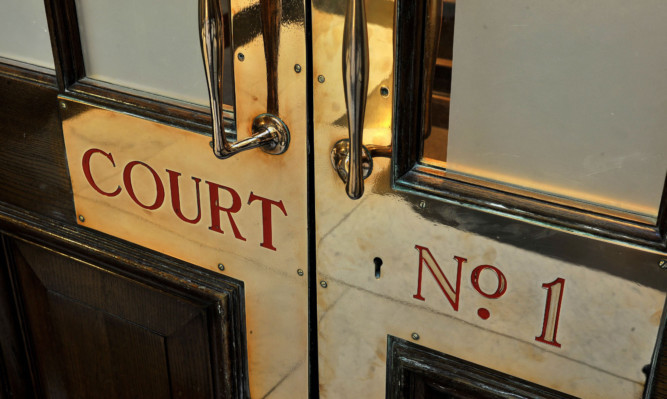
Fury has erupted after it was revealed more than £80m has been spent making court staff redundant.
New figures have revealed that over the past three years 1,749 court staff have been paid off with each worker pocketing an average of more than £46,000.
Last night, critics blasted the taxpayer-funded pay-offs as another example of “overly generous” public sector deals. But justice bosses defended the redundancies, saying they are part of a package of reforms which will save the taxpayer tens of millions of pounds a year.
Jonathan Isaby, chief executive of the TaxPayers’ Alliance, said: “Of course there are legal requirements to make redundancy payments but it’s clear some pay-outs are just excessive. It’s taxpayers that foot the bill and it means less money can go towards services.”
Data uncovered through a parliamentary question has revealed that during 2011/12, 1,268 workers took redundancy at a cost of £54,817,000 with each worker bagging an average of £43,231.
The following year 408 workers shared £22,259,000 equivalent to £54,556 each and last year 73 employees shared £3,087,000, at an average of £42,276 each.
The redundancies are part of a scaling back of court services in England, announced by justice secretary Chris Grayling in 2010, which saw 93 magistrates’ courts and 49 county courts closed, with estimated savings of £37m a year.
In March this year Mr Grayling announced a £75m-a-year investment to modernise court buildings, which he claimed would save another £100m per year by 2020.
But Preston MP Mark Hendrick, who uncovered the figures, claimed extra strain would be placed on staff who would be “demoralised” by the lack of job security.
A spokesman for the PCS union which represents court staff, said: “It makes no sense to cut jobs and pay out huge sums in redundancies when it just means the service provided to the public suffers.”
Courts Minister Shailesh Vara said: “We are transforming our courts by making the service more efficient. All this will mean a vastly better service.”

Enjoy the convenience of having The Sunday Post delivered as a digital ePaper straight to your smartphone, tablet or computer.
Subscribe for only £5.49 a month and enjoy all the benefits of the printed paper as a digital replica.
Subscribe